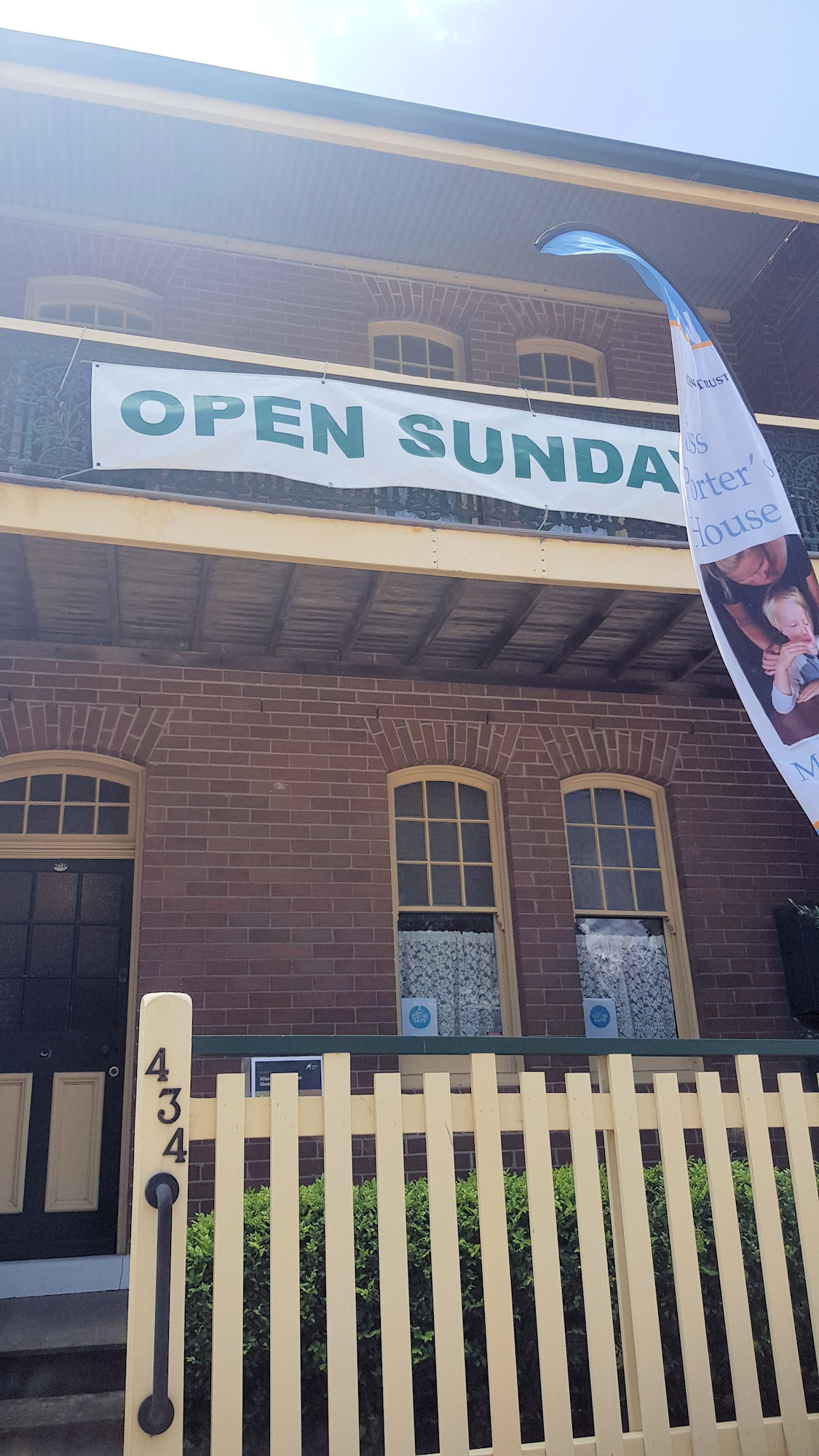Tag: Building
-
Bourke Gateway to the Australian Outback

Bourke Located in the Orana Region of western New South Wales, Bourke is the edge of the Outback. To many Australian, the saying Back O’ Bourke means in the middle of nowhere. Visitor Centre Our first stop was the Back O’ Bourke Tourist Information Centre, so that we could find out if there was anything… Read more
-
Miss Porter’s House Newcastle Australia

Miss Porter’s House Built in 1909 by Herbert Porter for his new bride Florence, the Miss Porter’s House is a freestanding Edwardian terrace building. The Porters ran a business in Hunter Street, immediately behind the house. Herbert and Florence had two daughters, Ella, and Hazel, who lived in the house their whole lives. Unfortunately, Herbert… Read more
-
Government House Sydney

Government House Located next to the Royal Botanic Garden on Sydney Harbour, Government House is the official residence of the Governor of New South Wales. Completed in 1845, the building is an example of the Gothic Revival style which is characterized by the towers and other medieval features. The Governor is appointed by the Sovereign and… Read more